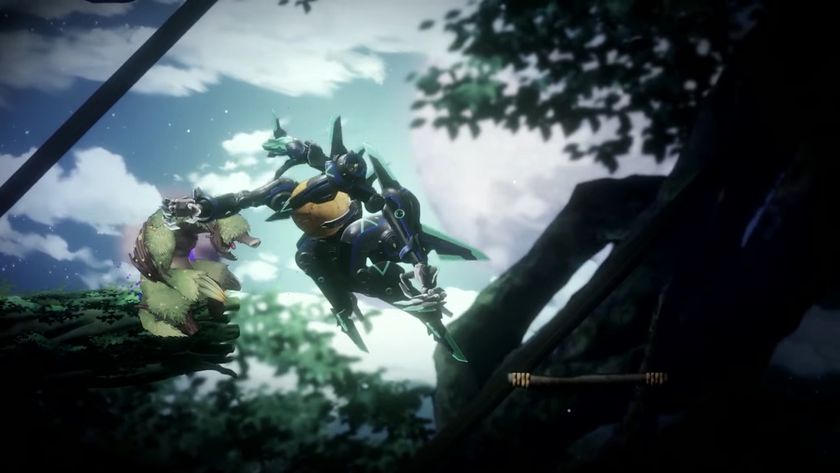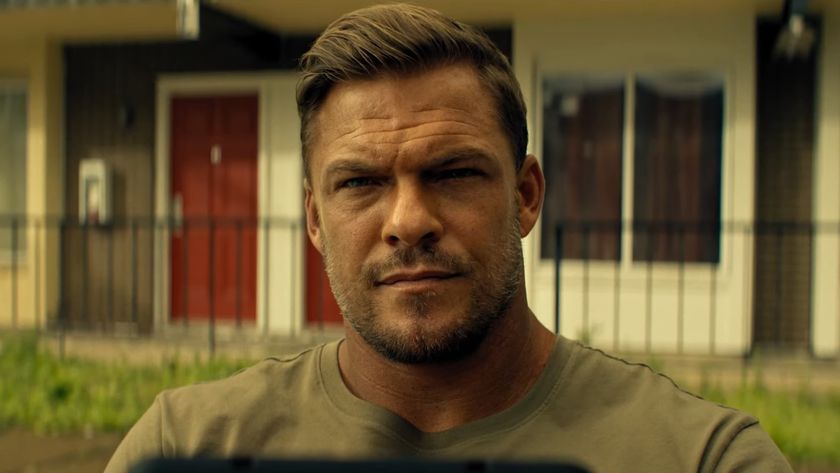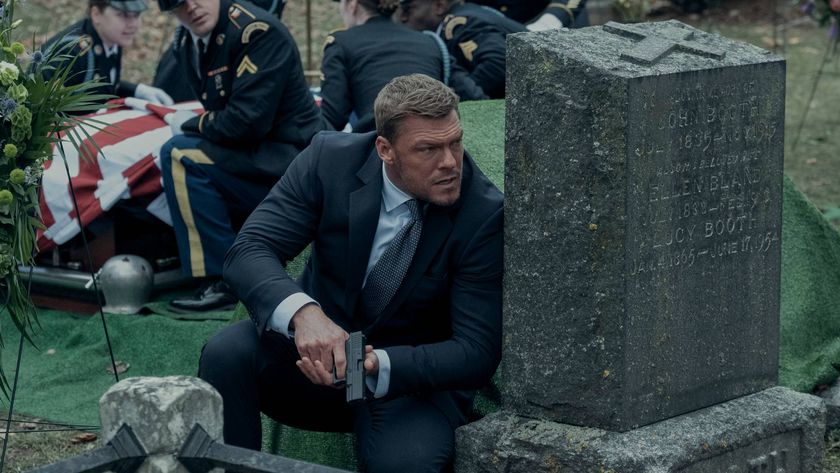Destiny: Rise of Iron's first mission kicks off a more confident, cinematic, and carefully crafted campaign

Spoilers for the first mission of Rise of Iron follow.
It's no secret that Destiny has changed a lot since its launch. After nearly two years of steady, thoughtful growth and evolution to match that of the Guardians who inhabit its world, Bungie’s MMOFPS has diversified its content offering immensely, improved its explicit storytelling, and completely rebooted its initially over-complex and restrictive levelling system into something altogether more welcoming, fun, and open to truly freeform player customisation. So while Destiny has always been a brilliant, compulsive, endlessly repeatable experience, particularly since last September's Taken King expansion it has been an entirely more robust, confident, and complete game.
Playing through the first story mission of the upcoming Rise of Iron expansion - which launches on September 20 - it's abundantly clear that that confidence is here to stay. With Destiny's structure and meta-systems now well and truly sorted, the game is evolving and fine-tuning in more granular ways, the fabric of moment-to-moment play improving, evolving and becoming entirely stronger. While the real meat of Destiny's fun still lives entirely within the whirling, kinetic, ever-shifting strategic carnage of its flowing, player-driven combat, the journey between those standout battlefields now feels entirely more crafted and curated.
Where once Destiny was happy to simply funnel the player from fight to fight, frequently through waypoint-guided jaunts across familiar, multipurpose, overworld landscapes, the opening to Rise of Iron's campaign can easily stand shoulder-to-shoulder with any of Bungie's Master Chief-fronted shooters. Pacing, atmosphere, set-pieces and storytelling are now all absolutely on-point, creating an enigmatic, trepidatious introduction as ominous as it is ultimately stridently exciting. Destiny has always played great, but now it has real drama as well.
Set in the blizzard-torn wastes of the Plaguelands, Destiny's expansive new, Earth-set sandbox area on the outskirts of Old Russia, King of the Mountain starts out slow. Asked by sole surviving Iron Lord Saladin to investigate some troublesome goings-on in the long-deserted mountains around the Lords’ old temple, your Guardian finds themself on a desolate, winding path upward with no support, limited visibility, and zero clue as to whatever the hell to expect.
After two years of familiarity and growth in Destiny's world, it's immediately refreshing to feel lost and under-prepared. Similarly, devoid of any of the game's more extravagant architecture - otherworldly structures and sci-fi tech are eschewed in favour of staunchly real-world geography and geology - King of the Mountain establishes a unique sense of place and presence. By stripping away the excesses, it makes the experience feel all the more affecting and striking. So much so that it's a good few minutes before I notice that I haven't even considered firing up my Sparrow to hurtle through the desolate, empty space, preferring to trudge through the murk on foot and really take it all in.
Before long, my first skirmish appears, a moderately-sized group of Fallen emerging from the snow and mist to throw down. It's a training wheels fight, effective at acclimatising me to their newly increased numbers, but not overly challenging. Presented in the context of the level's deliberate aesthetic and flow though, it's a very effective moment, turning familiar enemies into a new and slightly unsettling presence. There's a sense of threat and mystery here that Destiny hasn't seen since the Vex first appeared in the Ishtar library.
A little later, I happen upon a dilapidated cable-car station at the summit of the peak I'm ascending, a broken-down and long forgotten remnant of humanity's altogether more leisurely times on Earth before the collapse. I activate the car, step in, and find myself traveling precariously through empty, white sky, my isolation and vulnerability constantly reinforced by the vastness of the mountains and cliffs looming around me.
The Fallen attack, because of course they do, sniping from nearby precipices once the rock starts to close in a little higher up. It's a distinctly un-Destiny moment, the game's traditionally wide, rangey combat subverted as I struggle to counter-snipe through the windows of a transport that now feels like a mobile prison cell. But it's a great moment nonetheless, reinforcing the otherness of the situation through the loss of Destiny's usual combat intimacy, and turning me not into the traditional space-wizard avenger, but rather a sitting duck.
Eventually the cable-car stalls and half collapses, one whole wall torn off by the sustained attack. There's only one thing for it. I have to jump out, aiming for a ground I can barely even see, through what feels like miles of freezing vapour, not knowing where I'll be or what I'll find down there should I survive.
Destiny’s level design has long delighted in controlled, high-altitude suicide plummets of course - Ghost even makes a joke about it in Rise of Iron - but here, again, it feels different, an act of absolute, unplanned, solitary desperation rather than part of the confident, group exploration of a Raid setting. As literal and figurative leaps into the unknown go, it's a heck of a strong one.
From my landing point (a last-ditch double-jump saving me from splatter mere feet above the rapidly incoming white), I trek through thick, unspoilt snow, up sheer inclines, and across precariously narrow ridges, miles of vertical death just inches to either side of me. Truly, I am now in the middle of nowhere, off-course, off-plan, and off-piste. It's a far cry from a Guardian’s usual, relentless, purposeful assault. There are multiple more run-ins with the Fallen along the way, and I vanquish then capably. But their numbers are growing, their intent is unclear, and Saladin is very, very worried. There's something worse than Fallen out here, and he knows it. It was responsible for the end of the Lords, and if the Fallen find it, we're all in big trouble.
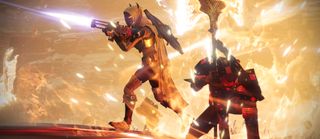
Guess what? They've found it, and Destiny reveals this in a hell of show-don't-tell display. Finally nearing the top of the mountain, the supposed safety of the Iron Temple in sight, I am confronted by an old, long-dead enemy, one who'll be very familiar to veteran Guardians. Fallen machine god Sepiks Prime is alive again, despite our having made him distinctly not-so, early in Year One. He's on the aggressive, he's been upgraded, and he won't go down easily.
What follows is a fantastically hectic boss fight, the temple’s courtyard transformed into a tight, symmetrical, multi-levelled arena by the teleporting death-orb and dozens upon dozens of Fallen ground-troops. They flood the forecourt and turn the bridge to the temple, and the raised paths around it, into brutal chokepoints. Sepiks warps around the space in between, throwing down barrages of heavy plasma fire, ensuring that no position I fight for remains dominant for long.
The upper hand is never more than a bad decision away from a spanking, and it takes constant appraisal and reappraisal, ceaseless taking and remaking of space in every direction and elevation, to stay alive and emerge victorious. Eventually I do. And it feels great. The fight is mine, and so is the temple, as I've just taken back and opened up Rise of Iron's central social hub.
That's another great bit of narrative blended with action, blended with structure and systems. After the ordeal of getting here, whenever I now return to the temple, I feel an attachment to it and a responsibility for it that I never have for the Tower or the Reef. A quiet pride, and a strength, and a confidence as I potter about. Which is entirely fitting, as those things are what Destiny is all about these days.
Get the latest Destiny: Rise of Iron news, tips, guides and information in our Destiny Rise of Iron hub which we will be constantly updating.
Sign up to the 12DOVE Newsletter
Weekly digests, tales from the communities you love, and more
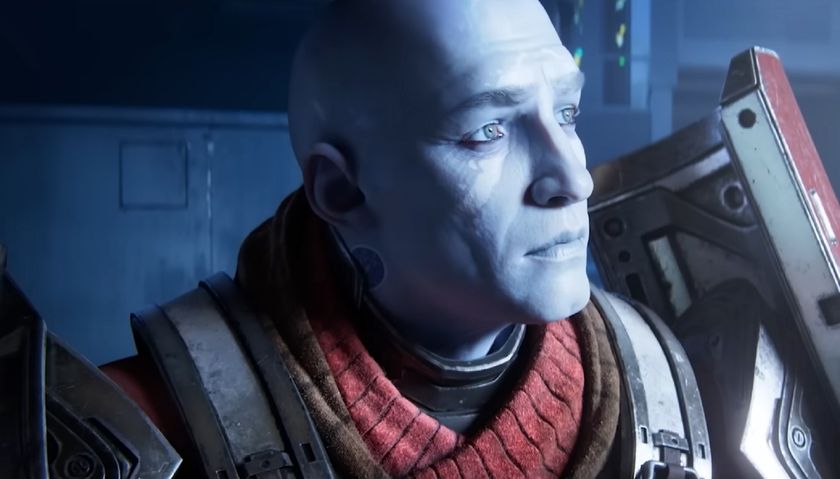
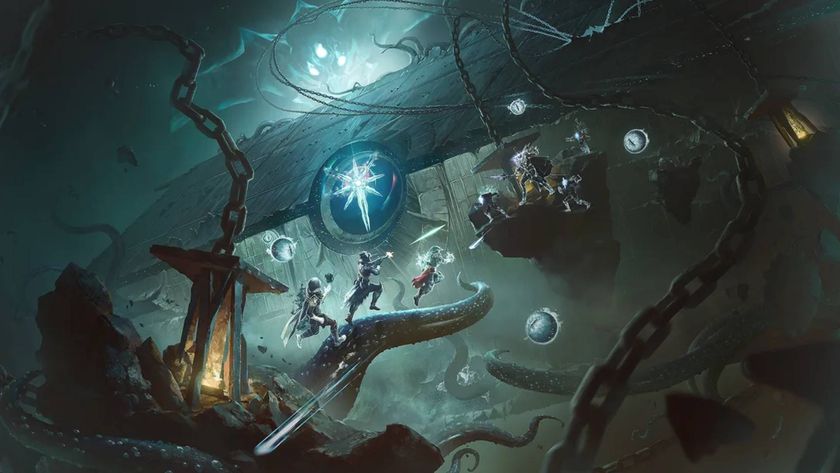
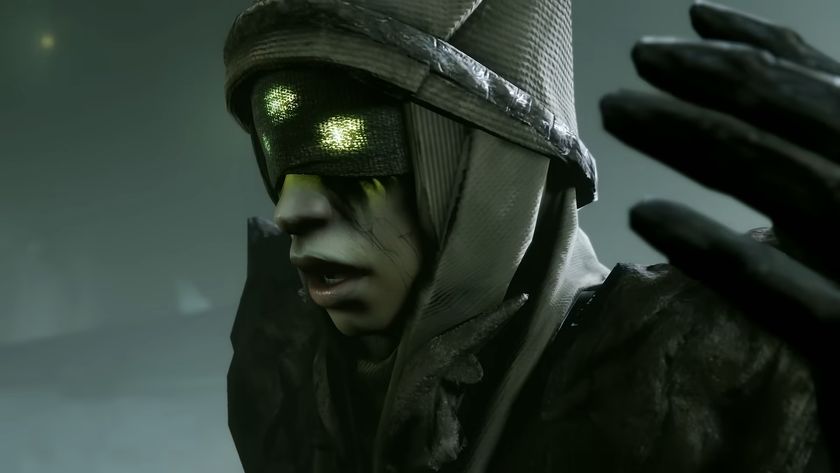
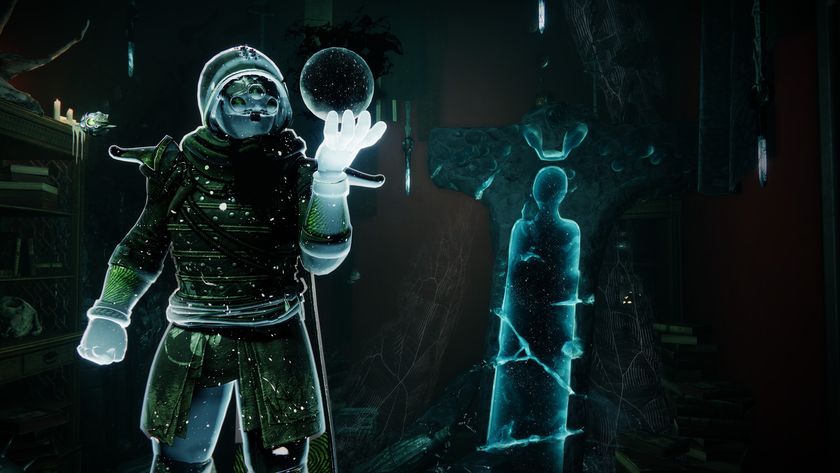
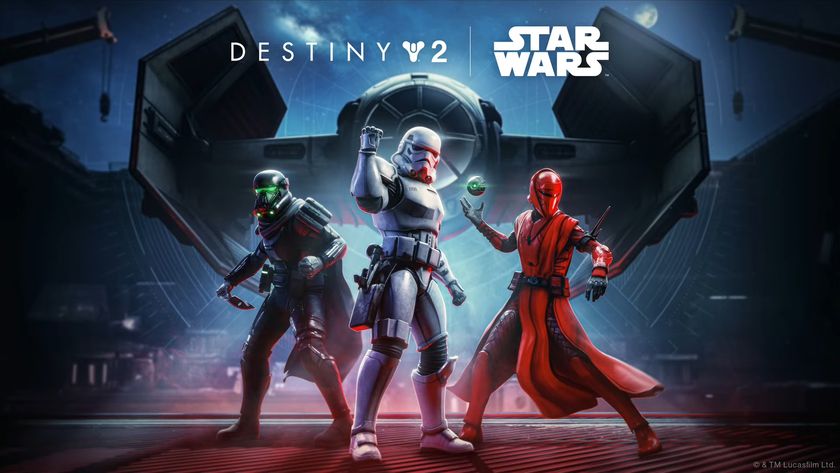
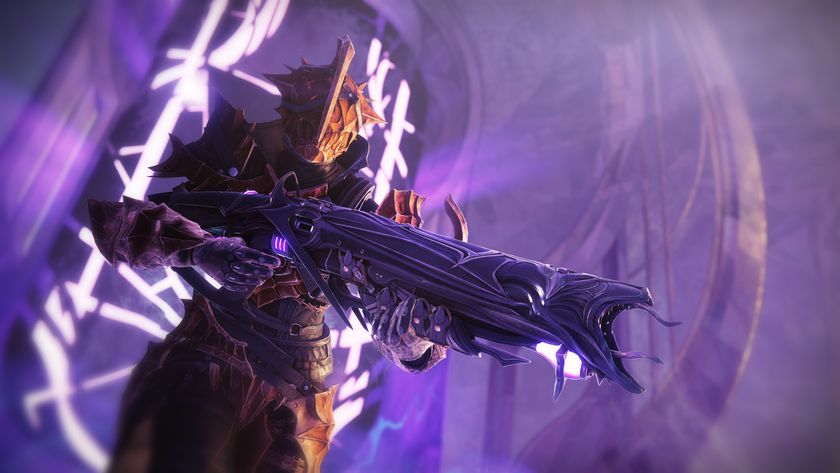
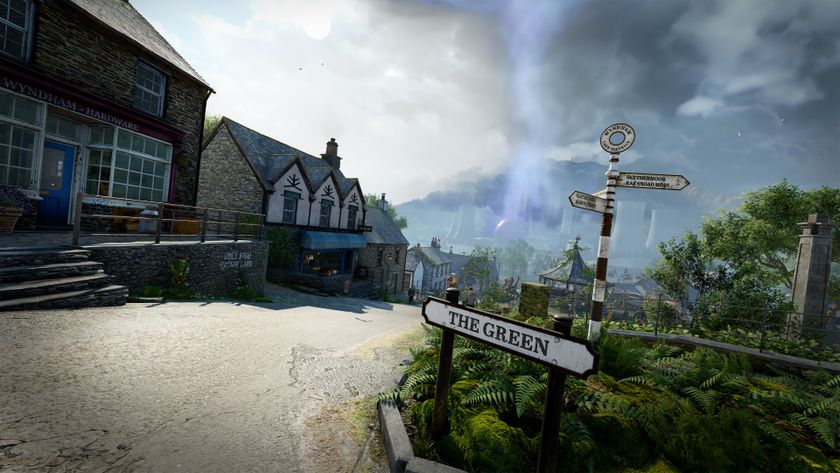
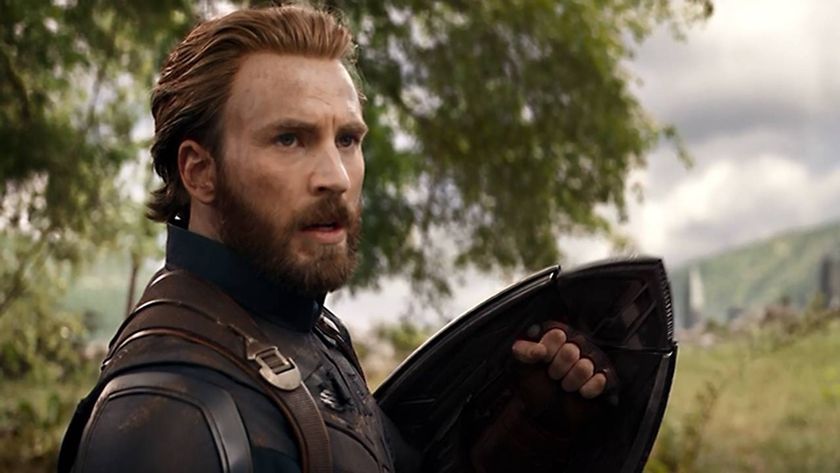

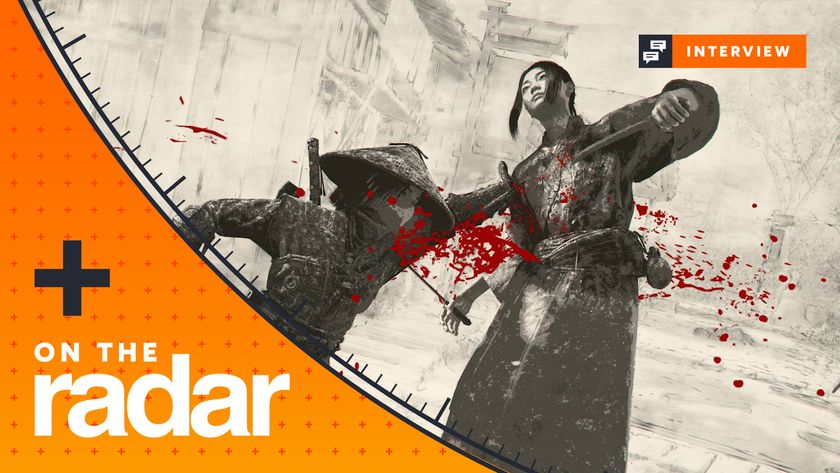

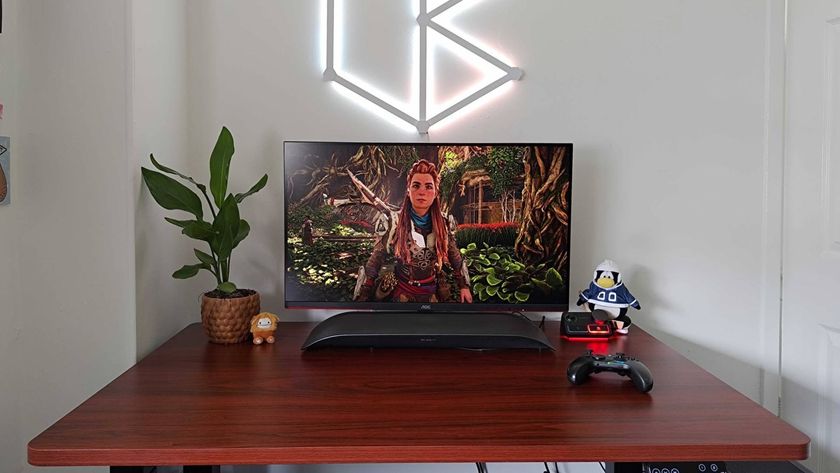

When Destiny 2 "weekly active users dropped lower and faster than we'd seen since 2018," Bungie assembled an A-Team to put out some fires: "We needed to do something"

"A fun example of a bug becoming a feature": Destiny 2 accidentally made Exotic Glaives free to all classes, and Bungie says "we're going to let this ride"

